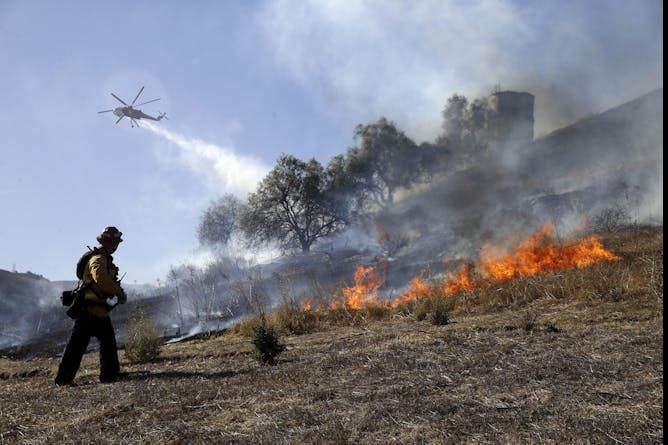
When faced with a wildfire, responders must act quickly and decisively to save lives.
AP Photo/Marcio Jose Sanchez
Laurence Alison, University of Liverpool; Neil Shortland, University of Massachusetts Lowell
Emergency responders and military personnel need to think creatively – even imaginatively – to save lives under pressure. Analyzing the Grenfell Tower Fire in London reveals useful lessons.
|
Education
|
-
Stephanie Clintonia Boddie, Baylor University
Faced with uncertainty over their next meal, teens in a Texas study reveal the various things they resort to in order to put food on the family table.
-
Daniel A Cinotti, New York Institute of Technology
Nearly a decade after Tyler Clementi's death, there are growing efforts to do more to protect students like him from their peers.
|
|
|
|
Politics + Society
|
-
Pamela S. Nadell, American University
A task force has been assembled in the US Senate to fight anti-Semitism. A specialist in Jewish-American history says the group has a big job ahead of it. Anti-Semitism has a long history in the US.
-
John Broich, Case Western Reserve University
Despite many attempts, the Kurds have never won and kept their own nation -- though, after World War I, they came close.
|
|
|
|
|
|